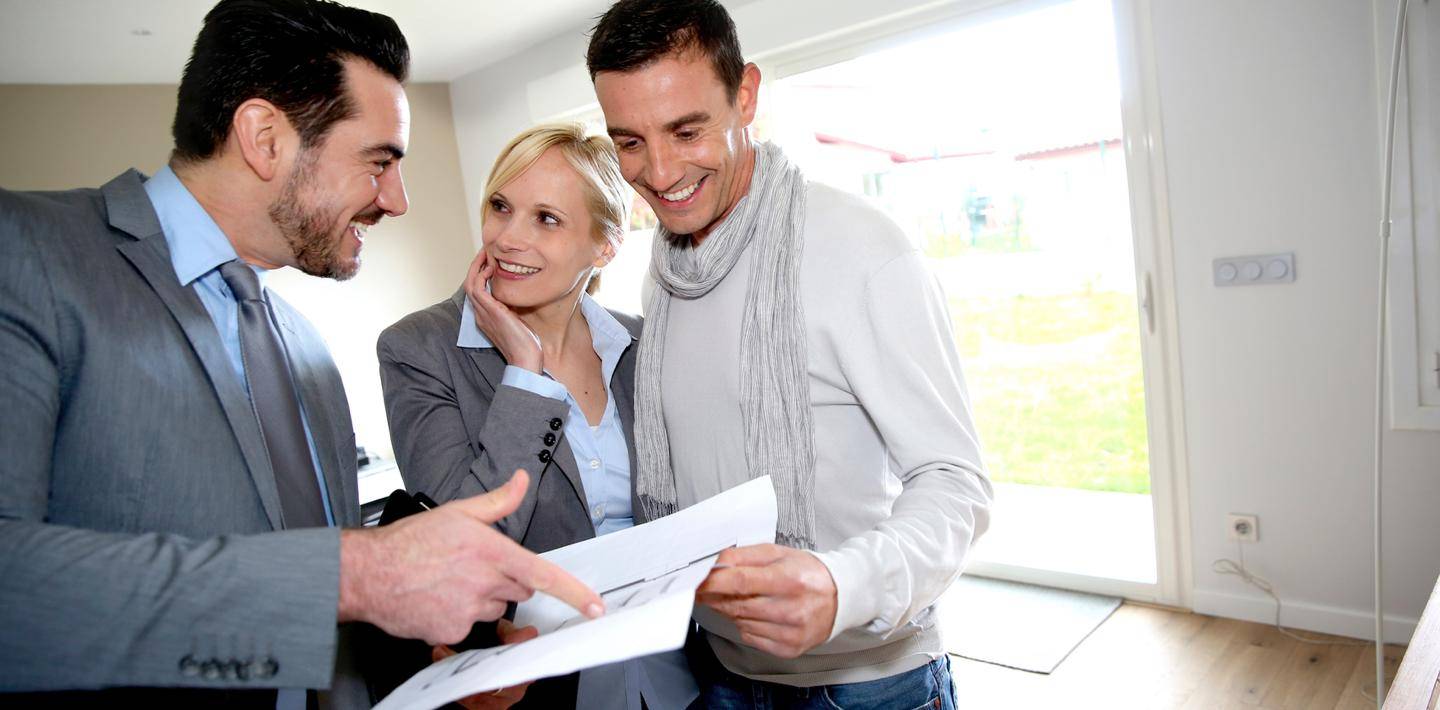The Real Insight is a must-read consumer newsletter that delivers important news about the real estate market right to your inbox every week. The Real Insight will benefit readers with hand-picked articles and curated content that puts our expertise in the real estate industry to work for you. Learn about the best time to buy or sell, when to start (or stop) that pesky remodeling project and how the larger real estate market could impact your decision on whether to invest in real estate—and when. You’ll also receive reliable seasonal articles during tax time and DIY decorating tips for the holidays. Subscribe to The Real Insight today and get informed!

Buying a home is an exciting experience. With a couple of days before closing, there’s just one thing left to do – a final walk-through inspection of the property. This allows you to reconfirm the condition of the house prior to closing. Don’t let your excitement or the hectic pace of today’s lifestyle deter you from performing this final task. Before you grab your pen and head to the closing table, spend an hour or so poking around the property.
The purpose of the final walk-through, which can take place anywhere from two days to a few hours before closing, is to make sure the property is in the condition you expected when you signed the purchase agreement. This includes verifying that all agreed-upon repairs have been made, no damage has been done to the property, and all items included in the sales price –draperies, light fixtures, fans, appliances, sheds, etc. – are present and in satisfactory condition.
Much can happen from the time your offer was accepted until closing—especially if the property has been vacant for long period of time. Uninhabited houses can quickly fall into disrepair if they’re neglected. In addition, although unfortunate, vandalism and theft can take place in unoccupied houses. It may be vandals breaking windows, transients seeking shelter, or thieves checking for anything of value, like copper.
Even if the house has been occupied, you should not skip the walk-through. What if the seller removed a ceiling fan or left junk in the attic? What if a wall or the floor was damaged when the seller was moving out? The bottom line is it pays to do this walk-through because you don’t know what you may find.
Many sellers willingly fix problems that they may have overlooked in the chaos of moving or during the time a home was vacant. It’s beneficial for both parties to proceed with the transaction—and that’s important to consider. Any snags with completing the exchange can add time and cost everyone money.
Delays may be more than just an inconvenience to both parties, though. As a buyer, you may have a lock on an attractive interest rate that is set to expire. The seller might not be able to buy their next home because they need the proceeds from this home sale to finalize the deal on their new home.
In some cases, the seller may still be in the process of moving out and could actually be there during your final walk-through. If this is the case, you may be able to get some valuable information from him. He may offer the product manuals for appliances, or suddenly remember a useful tip about the house or neighborhood. See if you can get the contact information of any businesses or contractors who have done work on the property.
When you show up to the walk-through, you should have a copy of your purchase agreement, the seller’s disclosure form and reports about any work that was done as a part of the contract. It may also help to have a friend or your spouse with you. If two heads are better than one, then four eyes are better than two.
Don’t neglect your final walk-through. Take the time and verify that everything’s right with the house. If you do find something unexpected, talk to your Realtor. Some items may be taken care of at the closing table with financial considerations; in other cases, perhaps some other agreement can be reached.
For more information, please visit www.HAR.com.



